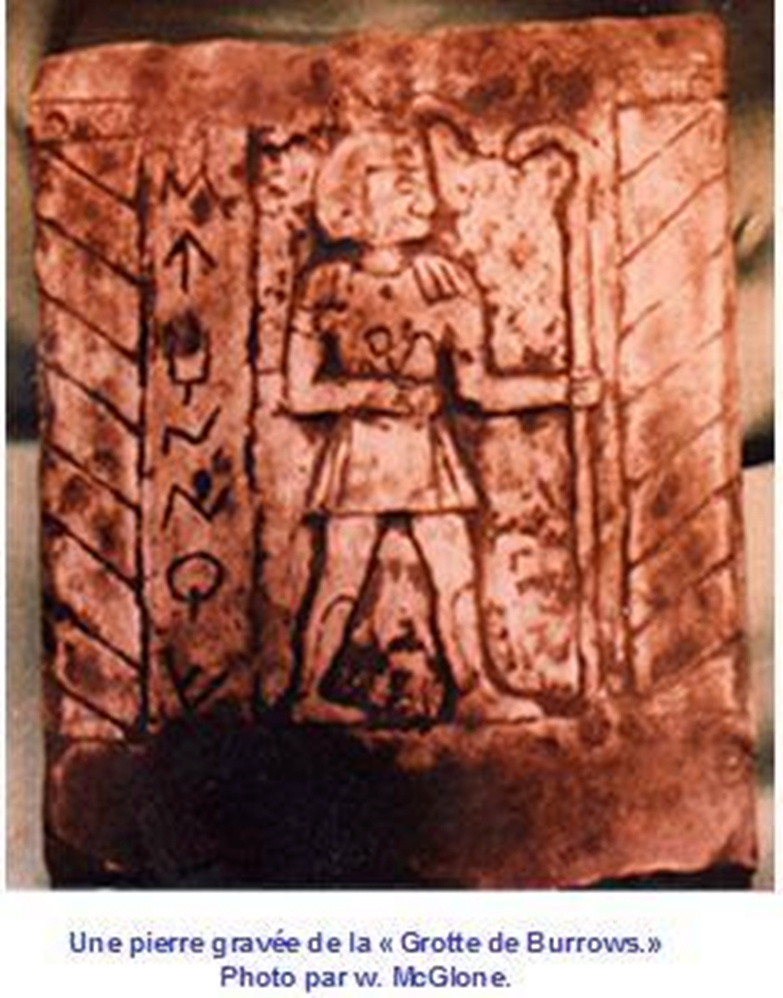Discovery of America by Juba II

History cannot be falsified for eternity.
Tunes cradle of human civilization
We all learned in school that the great navigator Christopher Columbus officially discovered America in the year 1492. However, this discovery proves that the Amazigh people discovered the American continent centuries before Christopher Columbus
Discovery of America by Juba II:
A gold sarcophagus was reportedly found in a cave in Illinois in the United States, this could be evidence of pre-Columbian transoceanic travel between the "old world" and the Americas, fortunately most of the artifacts removed from the cave have been photographed thanks to the efforts of James Schertz and Fred Rydholm. Various researchers have looked into this collection, and archaeologists were quick to point out the disparities.
After analysis of the objects by Cook, he confirmed that they were probably the remains of a Libyan–Iberian expedition. He identified King Ptolemy of Mauretania (BC 1 – 40 AD), son of Cleopatra Selene II and King Juba II (52-50 BC – 23 AD), as the man responsible for this journey transoceanic.

Could this be possible? The theory is that: due to the economic power of Mauretania, the Roman Empire decided to remedy this imbalance... This is how the Moorish king Juba II and his family had to flee. It is possible that he used his ancestors' knowledge of the sea, Juba II knew the location of the Azores, whose goods he managed to sell at higher prices to the Romans.
So, if the Burrows Cave artifacts are true, it is possible that the royal family of Mauretania, sailing further west, beyond the Azores archipelago, ended up in the Americas.
If they ended up in Central America, perhaps they sailed north up the Mississippi River until they reached Illinois — where they settled, far from the quarrels of the old world.

The cave's artifacts are not the only evidence of the presence of an enigmatic people in the first century CE. According to Native American legend, the region contains the tomb of a king who was not originally from America. The tribe once knew the location, but this information is now lost. This place would be identical to Borrows Cave. Furthermore, it is known that Juba II ordered a gold sarcophagus for the mausoleum that had been built for him at Tipaza (in modern Algeria). This was one of the prized possessions that the Romans tried to get their hands on, but they never found the sarcophagus or the Moorish king. Official history is silent on the fate of the two. However, it is clear that King Juba II after his death and his sarcophagus must have ended up somewhere, perhaps in
? Illinois
Source: websites

